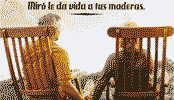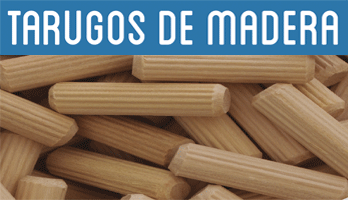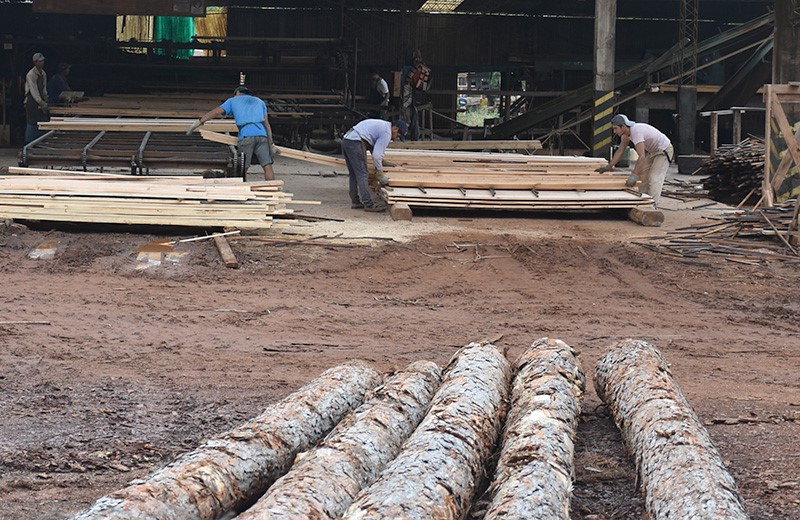
The Misiones sawmills survey began
The objective is to provide information on the current financing lines at the local and national level; and the supply of training available and the institutions that carry it out.
With the visits made by a professional team of census takers, a questionnaire is carried out that allows to know in detail the provincial industrial forestry reality in terms of the existing machinery, the level of technologies and the production of these industries.
This initiative is organized by the Government of the province of Misiones, through the Ministry of Agriculture and Production, and implemented by the Sub-secretariat of Forest Development.
In addition, it has the support of the APICOFOM and AMAYADAP chambers, the CFI and the Faculty of Forestry Sciences (UNaM).
From APICOFOM, its associates and industries in general are requested to "participate in this survey, receive and attend to the census takers, because from this initiative possible solutions can be carried out for the demands that become known."

IT MAY INTEREST YOU
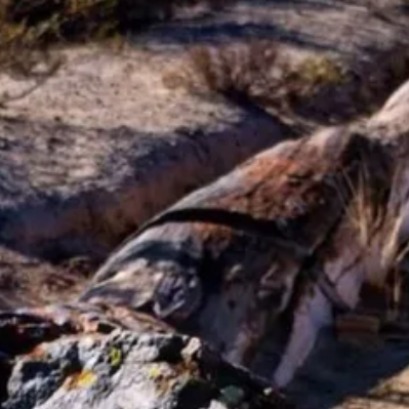 The forest of the oldest shadows: the story of the petrified trees
The forest of the oldest shadows: the story of the petrified trees
One of the natural treasures of Río Negro turns 23 years old under the protection law that allows its conservation. Where it is and how it was formed. Río Negro celebrates 23 years of conservation in the petrified forest as a Protected Natural Area (ANP). It is a space of 625 hectares that protects an exceptional site of fossil trunks that date back more than 60 million years.
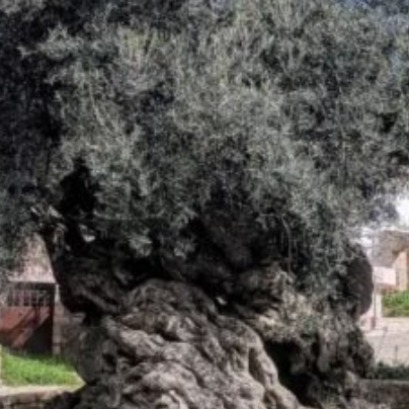 Experts cant believe it, but this tree is the oldest in the world and continues to bear fruit: it is 4,000 years old.
Experts cant believe it, but this tree is the oldest in the world and continues to bear fruit: it is 4,000 years old.
Nature keeps secrets that defy the passage of time, and one of the most surprising examples is a tree that, approximately 4,000 years old, continues to bear fruit today. This specimen has become a symbol of resistance and longevity, capable of surviving climate changes, landscape transformations and human activity itself.
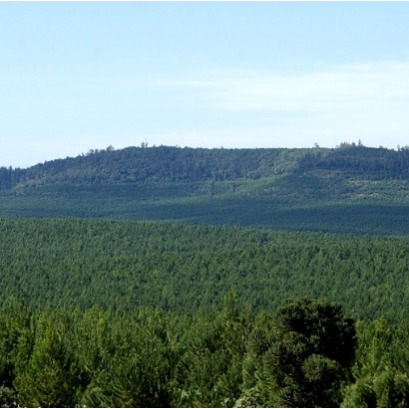 Free seminar on the implementation of the European EUDR regulation on deforestation-free wood products
Free seminar on the implementation of the European EUDR regulation on deforestation-free wood products
The Argentine Forestry Association (AFoA) organizes the seminar «EUDR in Forest Products: Current status of implementation. Regulatory requirements and private experiences", which will take place on Wednesday, November 26, from 11:00 a.m. to 12:00 p.m., via Zoom, with live streaming on YouTube. The European Regulation on Deforestation-Free Products (EUDR) will enter into force on December 31, 2025 and will impose new requirements for forest products entering the European Union market.







